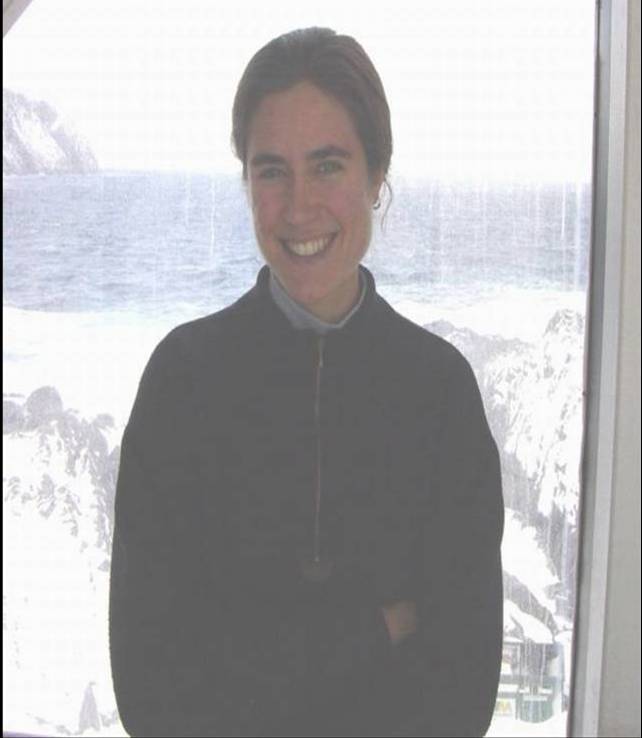![]() Alex Curtis
Alex Curtis

My Interests...
I am a postdoctoral fellow with Paul Snelgrove (Ocean Sciences Centre, MUN), Pierre Pepin (Northwest Atlantic Fisheries Centre, DFO), and Brad de Young (Physics and Physical Oceanography, MUN). The project we are working on, focused in Trinity Bay, is designed to link high-resolution underway physical and biological measurements of the bay to a circulation model to enable effective adaptive sampling, primarily for pelagic fish eggs. The long-term goal is to quantify and characterize the distributions of pelagic fish eggs (in this case American plaice, Hippoglossoides platessoides) with sufficient accuracy to apply the Egg Production Method for stock assessment in this physically dynamic, coastal system. One of the main things I will be doing is to compare circulation model predictions of egg distributions with observed fields of plaice egg concentration from repeated surveys of Trinity Bay (done in June 2002) to test the model and identify areas requiring further work.
My graduate work was also relevant to fisheries oceanography and stock assessment. As a PhD student at Scripps Institution of Oceanography with Dave Checkley, Jr., I developed a project that incorporated my interests in fisheries oceanography, predation, and modeling. My thesis research examined spawning behavior and habitat in Pacific sardine (Sardinops sagax) and northern anchovy (Engraulis mordax) in the California Current region. These two small, pelagic planktivores have variable population sizes and life histories that are linked to decadal-scale climate change. I characterized spatial pattern in the pelagic eggs of these species, both in terms of fine-scale horizontal and vertical distribution and on a broader geographic scale, relative to an abundant potential euphausiid (krill) predator, Euphausia pacifica. Data from CalCOFI cruises (a roughly 50-year time series of regular surveys in the California Current region) were vital to my thesis research. The importance of such long-term programs in identifying and characterizing linkages between long-term climate change and biological communities cannot be overemphasized.
![]()
![]() My Links
My Links
![]() My Poster
My Poster